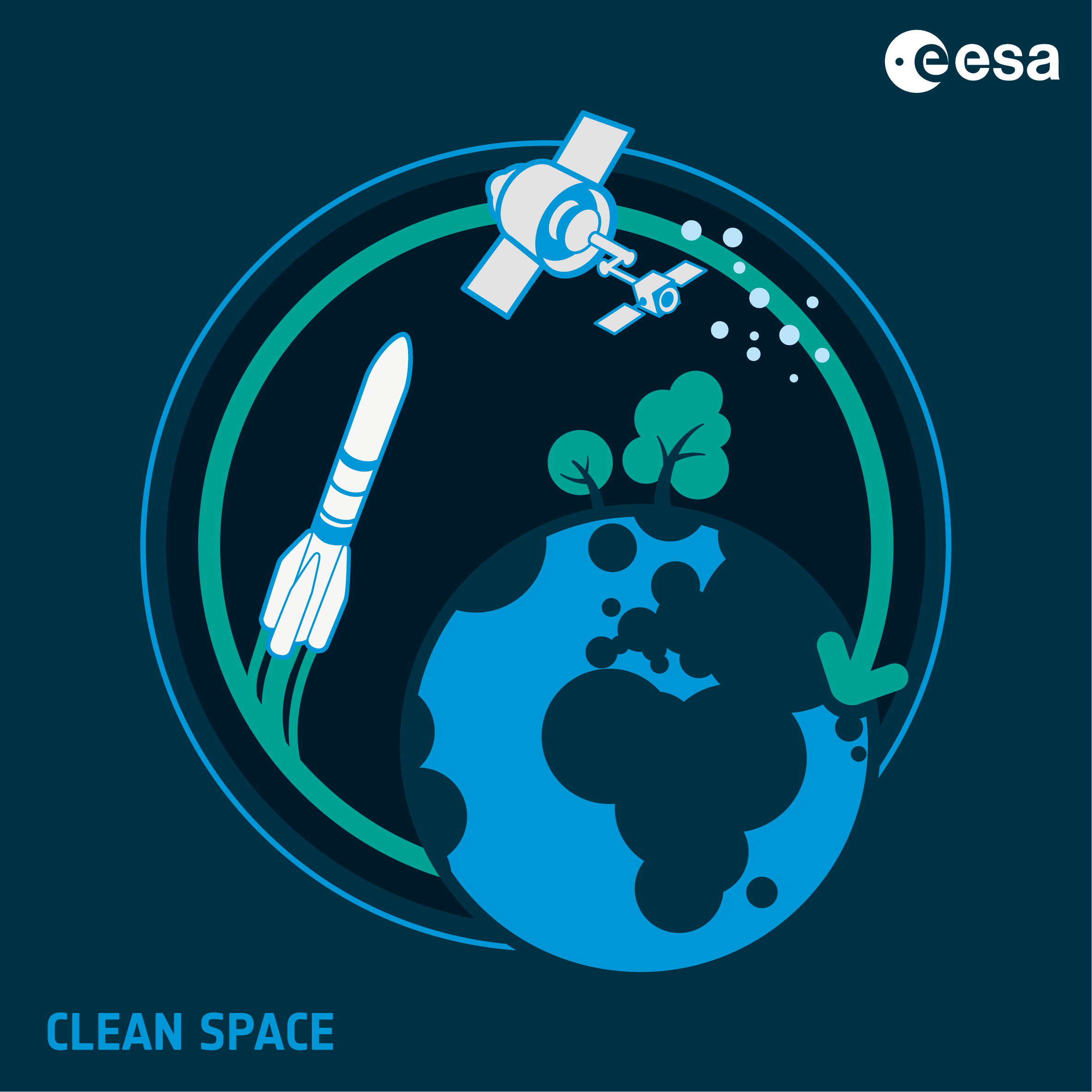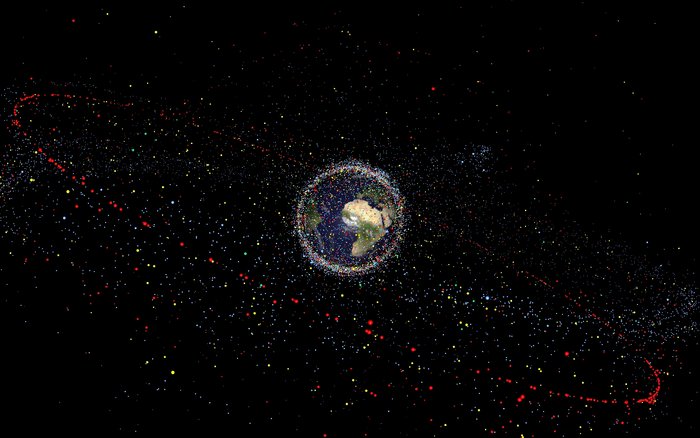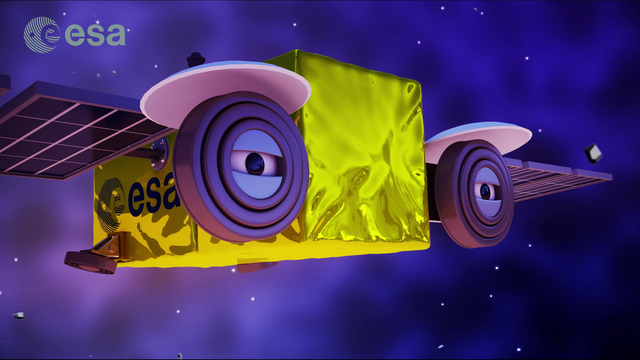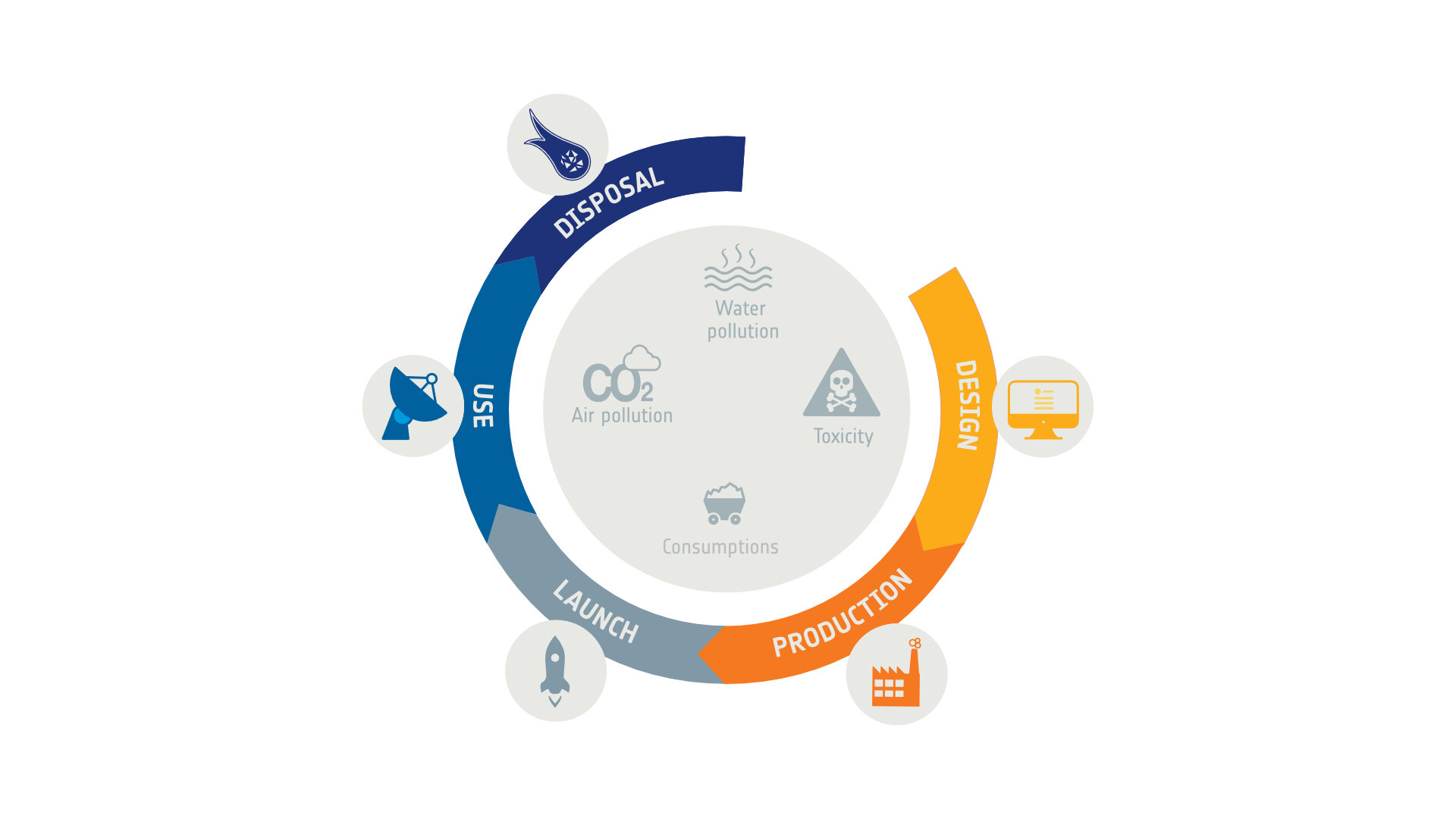The Clean Space Industry Days (CSID) ended 13 October with a wrap-up from ESA’s Luisa Innocenti who warmly thanked all speakers and participants. The event took place on-site at ESTEC and it was a true pleasure to meet in person many people working on clean space-related activities in Europe after these long years of working mostly online.
Meeting in person was an essential element of this event and facilitated discussions on ways forward for themes that are at the same time new and evolving extremely fast. These topics are:
- Ecodesign
- Management of end-of-life
- Active debris removal and In-Orbit Servicing
For what concerns ecodesign, we have seen a growing interest in the topic. For the first time since the start of the CSID-series, the sessions related to ecodesign attracted more participants than the other topics. This reflects the current trend to consider environmental impact of all activities, even in the space sector, and this despite the specificity and complexity of space activities (very little mass production, long qualification process, single use of product, etc.).
This year, the ecodesign sessions focused on the framework for embedding environmental sustainability within space mission design and the goals of achieving ‘Green Space’ objectives through the development and use of ‘green’ technologies. Thanks to the participations of representatives from Deloitte, Thalès Alenia Space, the European Commission, Deimos Space, Airbus and ArianeGroup as well as smaller entities such as Metasat UK (to name only a few), these objectives were reached.

A session on the Life Cycle Assessment (LCA) framework highlighted several points of improvement for the ESA LCA handbook and the ESA LCA database. Indeed, ESA is working on updates and improvements and a new version is foreseen soon.
During the sessions on LCA applied to space and greener alternatives, industry shared the lessons learned and the main issues addressed while implementing LCA requirements and presented new internal initiatives. Indeed, LCA requirements in ESA projects are becoming more common and while industry sometimes struggles to implement them, industry is also always working to find brilliant solutions to implement them. Sharing their lessons learnt with the audience hopefully allows gathering and assessing ideas for smoother, quicker and more efficient implementation in future.
Furthermore, an interactive session on Green4ESA took place, highlighting the need for a common and harmonized definition. Further work is needed to avoid the appearance of ‘greenwashing’.
Concerning end-of-life management, we reached a turning point with the birth of the Zero Debris approach, which is becoming a central element of ESA’s overall clean space activities, strongly supported by ESA’s Director General, Josef Aschbacher, who intends to implement “an approach that by 2030, we [ESA] have a ‘zero debris’ strategy, by consistently and reliably removing all objects from valuable orbits around Earth immediately after they cease operations.”
This is for a good reason. Indeed, the Low Earth Orbit (LEO) environment is facing catastrophic degradation. While a decade ago, the space debris experts were projecting models in which we could expect to mitigate the proliferation of debris, they are now saying that the point of no return has already been reached. In LEO the situation will keep degrading even if we would totally stop launching.

Workshops on the Zero Debris approach have been organised to discuss this with European space industry and determine together the best way(s) to tackle the debris situation.
Industry agreed that the first step towards Zero Debris is to achieve a platform evolution to avoid in-orbit failure. In parallel, it was identified that it is paramount to create an ‘ecosystem’ of affordable services, such as active debris removal and in-orbit servicing, to complement the work done on the platform.
The CSID sessions on Zero Debris were carried out keeping in mind that all space stakeholders should be involved, including new space companies and small satellite manufacturers as well as operators. In particular, it is becoming clear that there is a strong push from the space operator side to move towards more sustainable solutions.
We invite all who are interested in Zero Debris to get in touch with us and to join our Zero Debris Forum LinkedIn group.
Design for Removal (D4R) is another important aspect of mitigating the debris situation. Indeed, without D4R, all active debris removal solutions would need to adapt to the specificities of each spacecraft, while if D4R technologies are embedded from the start of the design of a new satellite, then some standardised technologies could be developed. This would ease any removal by an external servicer and decrease associated costs. On 12 October, in the afternoon, a D4R session was organised in which were presented D4R technologies currently under development such as the ‘Mechanical Interface for Capture at End-of-Life (MICE)’ concept.

The Design for Demise (D4D) session has addressed demise models, demise tests and demisable technology development. The foreseen evolution of ‘design for demise’ was presented by ESA to industry, with the goal to increase the TRL of the demisable equipment and to reach a fully demisable platform within the coming years.

Another aspect of tackling the debris situation is of course Active Debris Removal (ADR) and In-Orbit Servicing (IOS), a topic which has seen in the last years the beginnings of a new and exciting market. A roundtable discussion was held on the non-technical aspects of IOS that included service primes, an operator and other non-governmental stakeholders and observers. The panel highlighted the need for Europe to make faster progress on IOS, to avoid losing competitiveness with other global actors. ESA’s role in helping to shape the future European IOS market, both in providing technical stewardship and in facilitating connections and partnerships across the different actors, was echoed by several participants. The willingness and desire for proven IOS capabilities in Europe was confirmed by all actors. The panel included representatives of Astroscale, Avanti, Catapult UK, Clearspace, D-Orbit, Euroconsult, Made in Space and Telespazio.
In the long-term, IOS will enable the concept of a ‘circular economy’, with more complex services in space like in-orbit assembling, refueling, manufacturing and recycling. A session was dedicated to industry to share their visions on the future of IOS and the results of the current studies on space manufacturing and recycling.

Overall, the clean space industry days were a success as this gave the opportunity to European space actors to gather and discuss how to make space a cleaner and safer place for our space assets and for our future generations, too. Stay tuned, we’ll soon advertise the 2023 edition!
Notes
- The presentations are available on the event’s website
- Please let us know how to improve the event for next year edition by emailing cleanspace@esa.int





Discussion: no comments